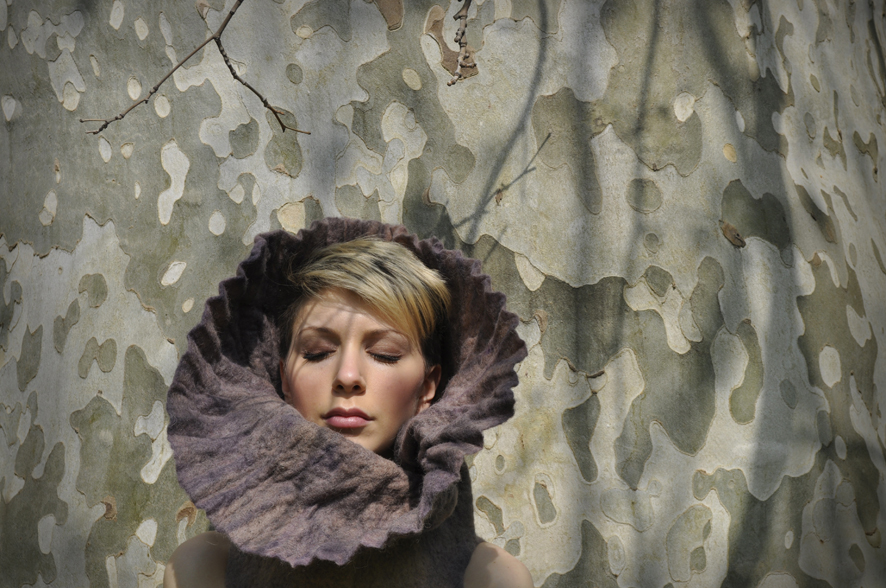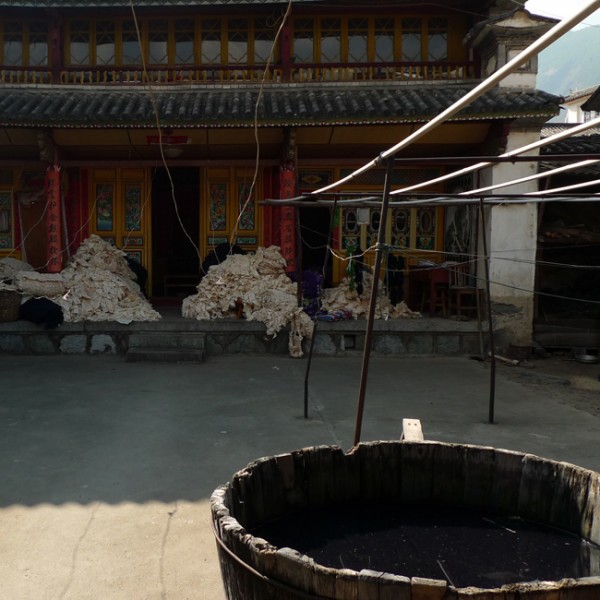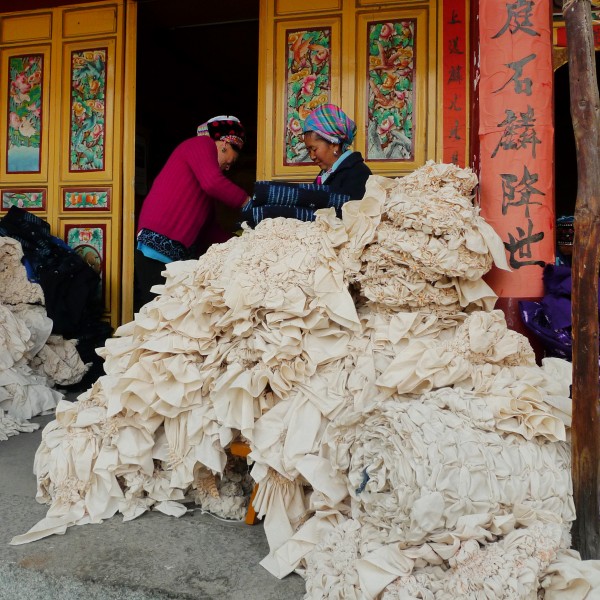Dyeing

Batik
Coming soon….
Ikat
Ikat, an Indonesian language word, is a dyeing technique used to pattern textiles that employs a resist dyeing process similar to tie-dye on either the warp or weft fibres. Bindings, which resist dye penetration, are applied to the threads in the desired patterns and the threads are dyed. Alteration of the bindings and the dyeing of more than one color produce elaborate, multicolored patterns. When all of the dyeing is finished the bindings are removed and the threads are ready to be woven into cloth. The defining characteristic of ikat is the dyeing of patterns, by means of bindings, into the threads before cloth construction, the weaving of the fabric, takes place. Herein lies the difference between ikat and tie-dye. In tie-dye the fabric is woven first and the resist bindings are then applied to the fabric which is dyed. In warp ikat the patterns are clearly visible in the warp threads on the loom even before the plain colored weft is introduced to produce the fabric. In weft ikat it is the weaving or weft thread that carries the dyed patterns which only appear as the weaving proceeds. In weft ikat the weaving proceeds much slower than in warp ikat as the passes of the weft must be carefully adjusted to maintain the clarity of the patterns. Ikat is a near universal weaving style common to many world cultures. Likely, it is one of the oldest forms of textile decoration. In Central and South America, what is labeled as ikat is still common in Argentina, Bolivia, Ecuador, Guatemala and Mexico. In the 19th century, the Silk Road desert oases of Bukhara, Samarkand, Hotan and Kashgar ( in what is now Uzbekistan and Xinjiang Uyghur Autonomous in Central Asia) were famous for their fine silk Uzbek/Uyghur ikat. Ikat floral patterns are traditionally used in Europe on Mallorca, Spain. India, Japan and many South-East Asian nations such as Cambodia, Myanmar, Philippines and Thailand have weaving cultures with long histories of Ikat production.
Natural Dyes
Learn how to create some beautiful dyes with natural colors

Starch Resist
Coming soon…
Stiched Resist
Coming soon…
Tie and Dye
Wax Resist
Coming soon…

































